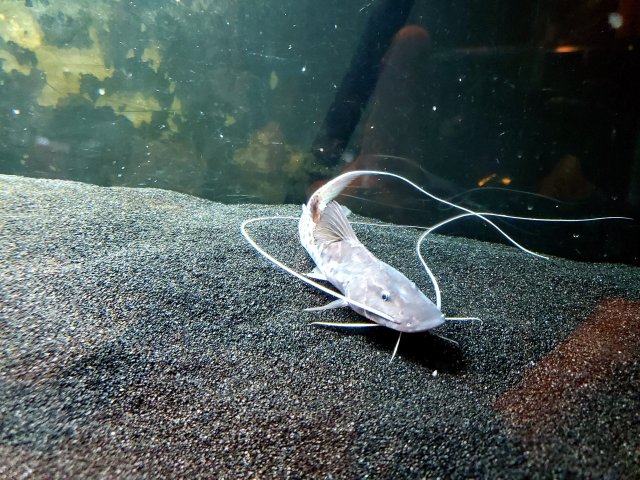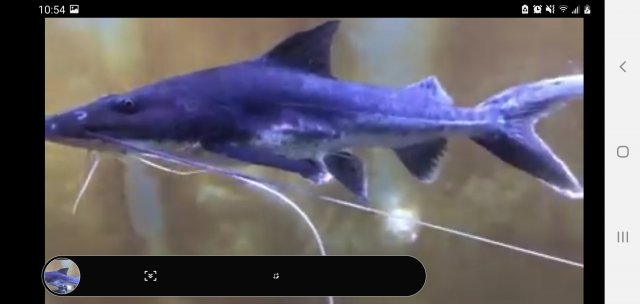EAC007219 Because it is a "Peru piraiba" and there is a widespread lack of understanding among the peers as to the growth rate and max size and the species ID of these fish, coming from different vendors - Wesley Wong (I have to guess you got yours from Wesley because of the typo in your ad), Malone's monsters, Predatory Fins, Exotic Fish Shop, etc.
This thread started by Dermifrost (thanks to him) is a tip of the iceberg. I have started to run into this issue often and would love to get it solved or start on the journey of solving it eventually. Hence, I'd love the community help and input, or at least start raising awareness that this issue exists.
Have you been to a Peru?? I’ve been on boats that have caught 5/6 species of Brachyplatystoma over the years. Never have seen a filamentosum.
I’m not sure what your point is about my fish is, except for it is being called a Peruvian fila?
I’m going to dig through my market pictures.. Could be some in those. Just know we never caught one where we were. Both up and down River from Iquitos.
Last edited by a moderator:




